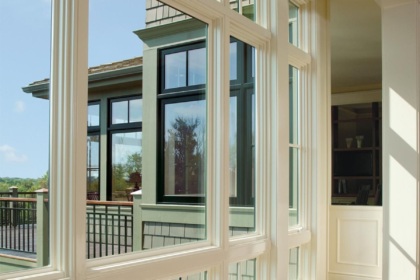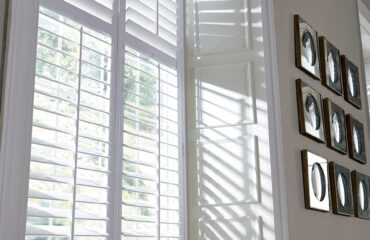
When it comes to creating an energy-efficient home, windows play a critical role that often goes underestimated. A well-designed window not only enhances the aesthetics of your home but also plays a significant part in conserving energy and reducing utility bills. In this comprehensive guide, we’ll explore the various aspects of energy-efficient windows and help you make informed decisions to maximize both sustainability and comfort in your home.
Why Energy-Efficient Windows Matter
Saving Energy and Lowering Costs
Energy-efficient windows are more than just a trend; they are a smart investment for any homeowner. These windows are designed to minimize heat transfer, making your home more comfortable and reducing the need for excessive heating or cooling. By keeping the indoor temperature stable, you’ll experience lower energy consumption and ultimately save on your utility bills.
Environmental Impact
In an era when environmental concerns are at the forefront, choosing energy-efficient windows can significantly reduce your carbon footprint. By reducing the need for excessive heating and cooling, you’re not only saving money but also contributing to a more sustainable future.
Key Features of Energy-Efficient Windows
Window Frame Materials
One of the most critical factors in determining the energy efficiency of a window is the frame material. Different materials offer varying levels of insulation and durability. Here are some common options:
1. Vinyl
Vinyl frames are popular for their affordability and low maintenance requirements. They provide excellent thermal insulation and are resistant to moisture, making them an ideal choice for energy-efficient windows.
2. Wood
Wood frames offer natural insulation and a classic, timeless look. However, they require more maintenance to prevent rot and decay. With proper care, wood frames can be a sustainable choice.
3. Aluminum
Aluminum frames are lightweight and durable but are not as thermally efficient as vinyl or wood. However, newer aluminum window designs incorporate thermal breaks to improve energy efficiency.
Glass Type and Coatings
The type of glass and the coatings applied to it are significant contributors to a window’s energy efficiency. Here are some aspects to consider:
1. Double or Triple Glazing
Multiple layers of glass with insulating air or gas between them provide better insulation than single-pane windows. Triple glazing is even more efficient but may not be necessary in milder climates.
2. Low-E Coatings
Low-E (low emissivity) coatings are thin, virtually invisible layers applied to the glass surface. They help reflect heat back into the room during winter and block heat from entering during summer, keeping your home comfortable year-round.
3. Gas Fills
Some energy-efficient windows have argon or krypton gas between the glass panes, further enhancing insulation properties. These gases are denser than air and reduce heat transfer.
Window Styles and Efficiency
1. Casement Windows
Casement windows, which open and close like doors, provide an airtight seal when closed, making them highly energy-efficient. Their design allows for excellent ventilation control.
2. Double-Hung Windows
Double-hung windows have two vertically sliding sashes. While they are traditional and versatile, they may not provide the same level of insulation as casement windows when closed.
3. Awning Windows
Awning windows hinge at the top and open outward. They are excellent for ventilation and can provide good insulation when closed.
Installation Quality
Even the most energy-efficient windows won’t perform optimally if they are not installed correctly. Proper installation is essential to prevent air leakage and ensure a tight seal. It’s recommended to hire a professional installer who is experienced with energy-efficient window products.
Energy Efficiency Ratings
When shopping for energy-efficient windows, look for the following ratings and labels:
1. U-Factor
The U-factor measures how well a window prevents heat from escaping. Lower U-factor ratings indicate better insulation. Look for windows with a low U-factor to maximize energy efficiency.
2. Solar Heat Gain Coefficient (SHGC)
SHGC measures how well a window blocks heat from the sun. In warm climates, a lower SHGC is desirable to reduce cooling costs, while in colder climates, a higher SHGC can help with passive solar heating.
3. Energy Star Certification
The Energy Star label indicates that a window meets or exceeds energy efficiency guidelines set by the Environmental Protection Agency (EPA). Energy Star-certified windows are a reliable choice for energy-conscious homeowners.
Investing in the best energy-efficient windows is a decision that not only enhances the comfort and aesthetics of your home but also contributes to a more sustainable future. By considering factors such as frame materials, glass type, window style, and energy efficiency ratings, you can make an informed choice that aligns with your budget and climate. Remember that proper installation is key to realizing the full energy-saving potential of your windows. So, take the time to research, consult with professionals, and make a choice that will benefit your home and the environment for years to come.

